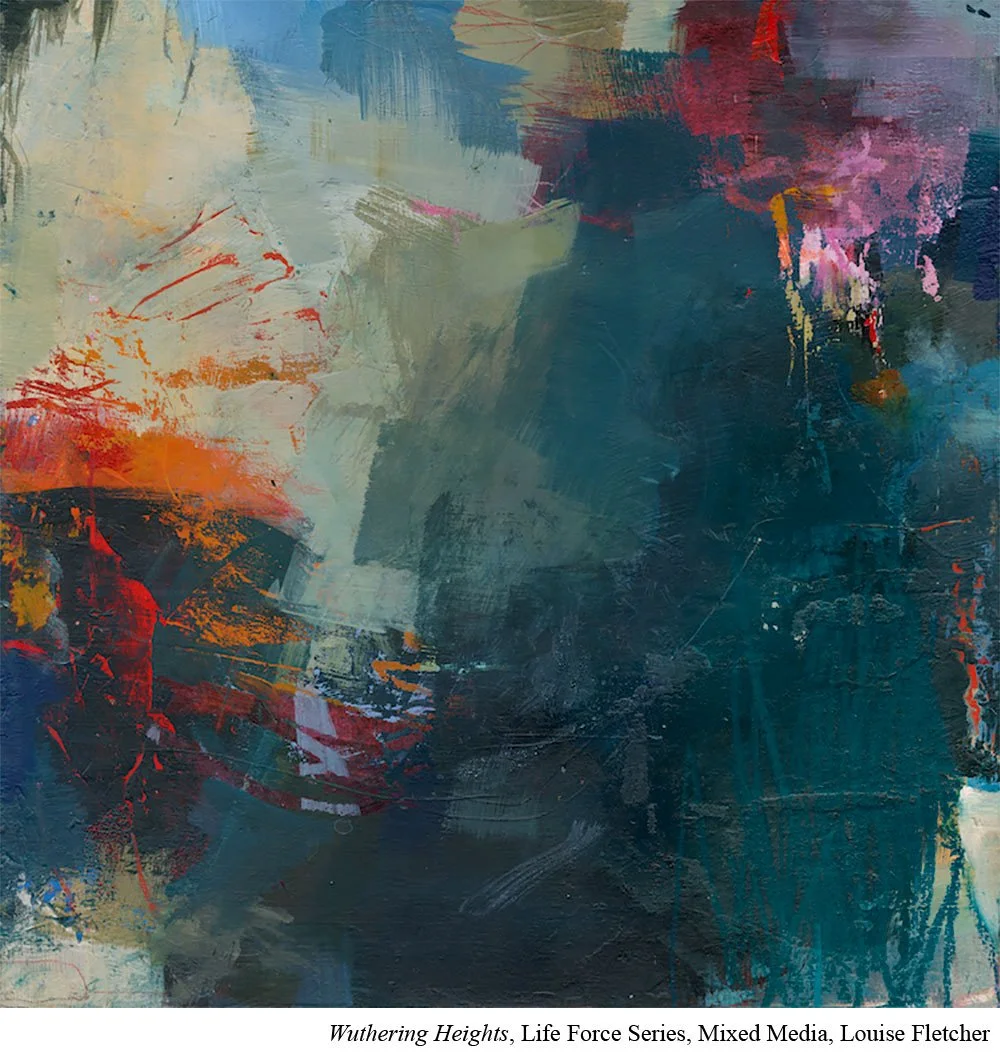Finding the Right Pace with Louise Fletcher
I’m guessing you’ve experienced some version of this:
Some days, you’re working FAST and you have so much energy. It’s as if the painting is driving itself. Choices feel easy and you’re making them left and right. Paint paint paint. It’s all so thrilling.
And yet, other days, that same pace fills you with anxiety. You can’t seem to make the right choice. You keep stumbling over yourself.
What’s going on here?
Louise Fletcher (Ep.48) has an idea.
It might be that your pacing expectations don’t align with what your painting needs.
Paintings have a rhythm to them. Each piece has a different ratio of fast to slow. But not always in equal parts.
If you find yourself always working at a fast pace, check to see if that’s working.
Consistent anxiety might be one of your cues that it isn’t, and that you would feel better slowing down.
Put it to Practice:
Sometimes our bodies know before our minds that something isn’t working. Our job as artists is to learn to listen and adjust.
If you start feeling anxious in a piece it could be one of several things related to time.
First, it could be that you’re working too fast. The painting might need you to slow down and adjust your pace.
Second, it could be because you’re at a decision point in your painting. You need to actually stop for a moment, step away from the painting, and make a deliberate decision left or right.
Finally, it could be that you’ve accidentally given this piece a calendar deadline that’s unrealistic for the painting.
Fletcher has learned that paintings and series develop in their own time. They are finished when they are finished. And that by trying to place a calendar deadline on them, just adds anxiety to the whole process.
So if you’re feeling anxiety in your work, it’s worth doing a pace check. Sometimes the answer really is just to slow down.


